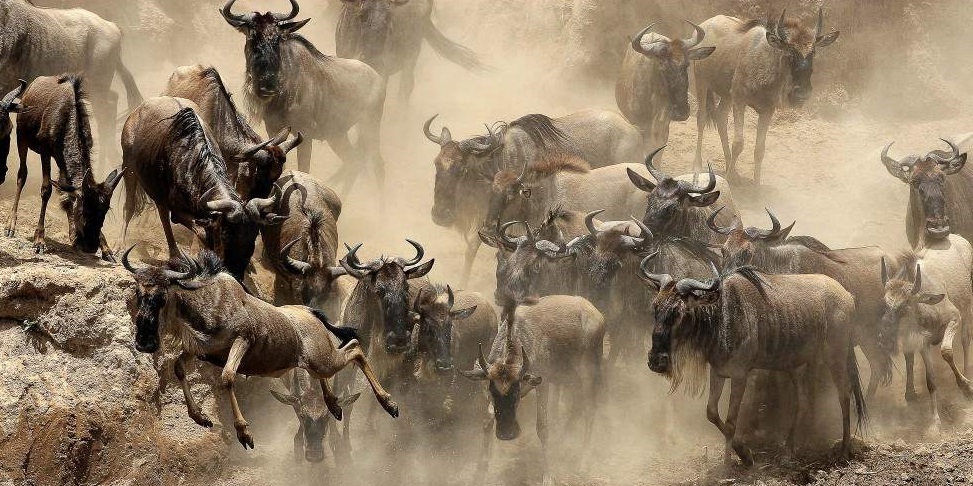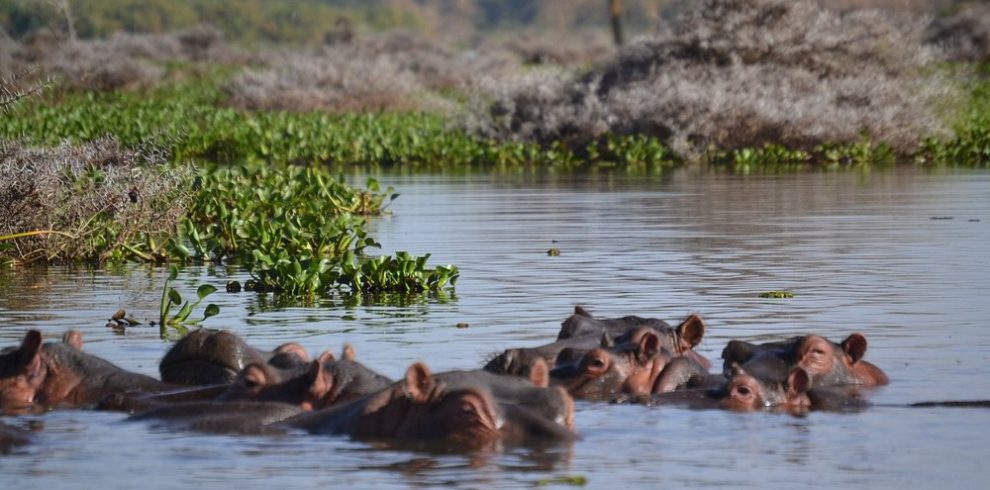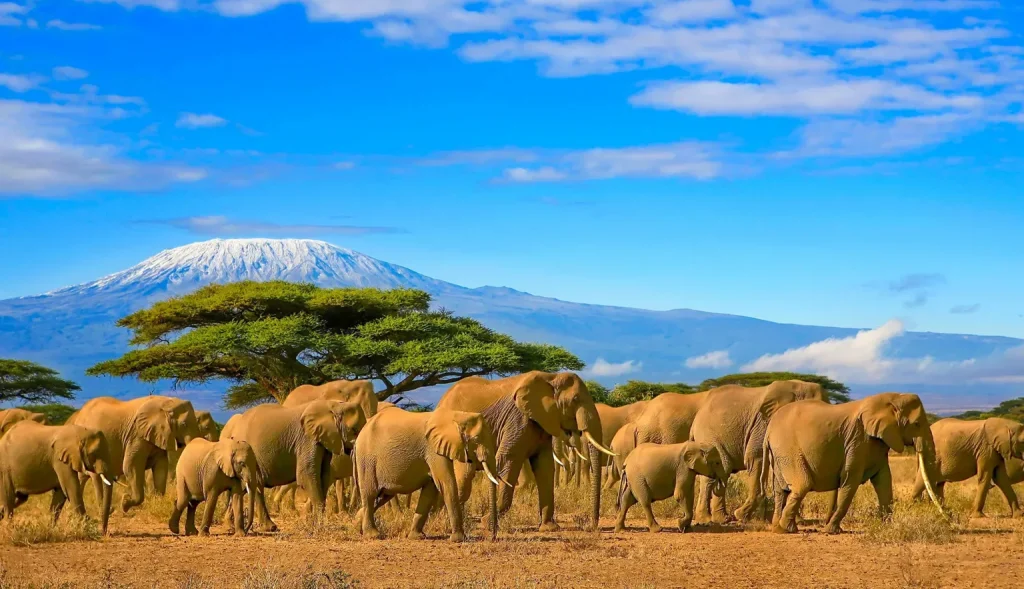
Tanzania, a land of dramatic landscapes, vast wildlife reserves, and rich cultural heritage, is one of the most visited destinations in Africa. From the snow-capped peaks of Mount Kilimanjaro to the pristine beaches of Zanzibar, Tanzania offers travelers a diverse array of experiences. Whether you’re a nature lover, a cultural explorer, or someone seeking adventure, the country boasts numerous tourist attractions in Tanzania that are guaranteed to leave an impression.
In this article, we will explore the 10 top-rated tourist attractions in Tanzania. These destinations represent the best of what Tanzania has to offer – awe-inspiring wildlife safaris, breathtaking landscapes, and fascinating cultural experiences.
1. Serengeti National Park
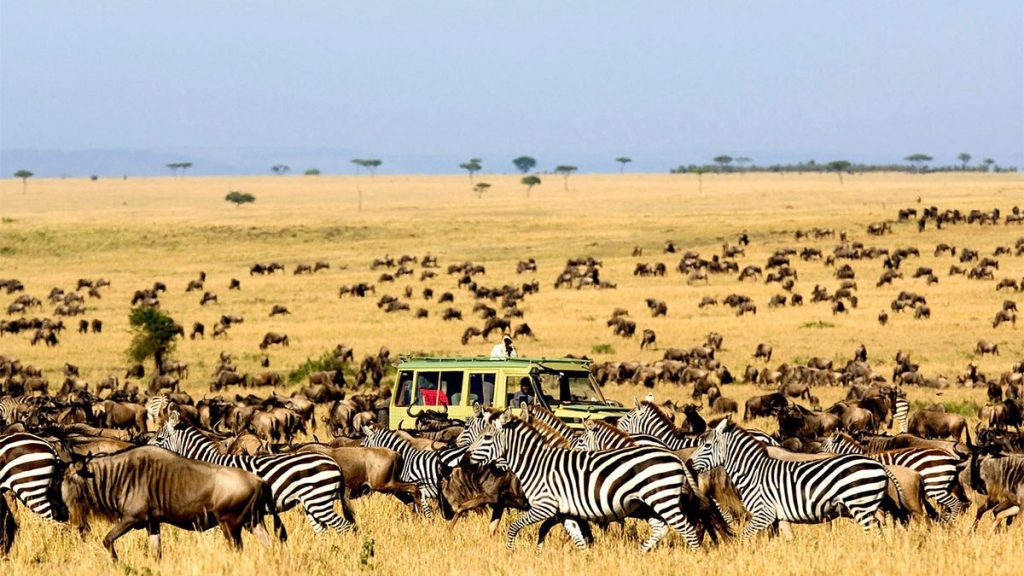
No list of tourist attractions in Tanzania would be complete without the iconic Serengeti National Park. This vast and extraordinary park is famous for its incredible wildlife and, in particular, the Great Migration. Each year, millions of wildebeest, zebras and gazelles venture into the Serengeti as they seek new pasture lands. It is a natural phenomenon, and one of the most spectacular views on the earth that makes it an attraction place to the people around the globe.
Why Visit?
• The Great Migration: The Serengeti is synonymous with the Great Migration, one of nature’s most dramatic events. The sight of this migratory phenomenon is something one cannot forget easily because you will witness thousands of animals walking all over in search of their food and water.
• Big Five Safaris: Serengeti is home to the Big Five (lion, elephant, buffalo, leopard, and rhinoceros), along with cheetahs, giraffes, and a variety of bird species. The park also provides an excellent wildlife viewing experience in Africa.
• Stunning Landscapes: The Serengeti’s endless savannas and rolling hills provide a picturesque setting for safaris and wildlife photography.
Best Time to Visit: June to October is the dry season, ideal for game viewing, especially during the Great Migration.
2. Mount Kilimanjaro
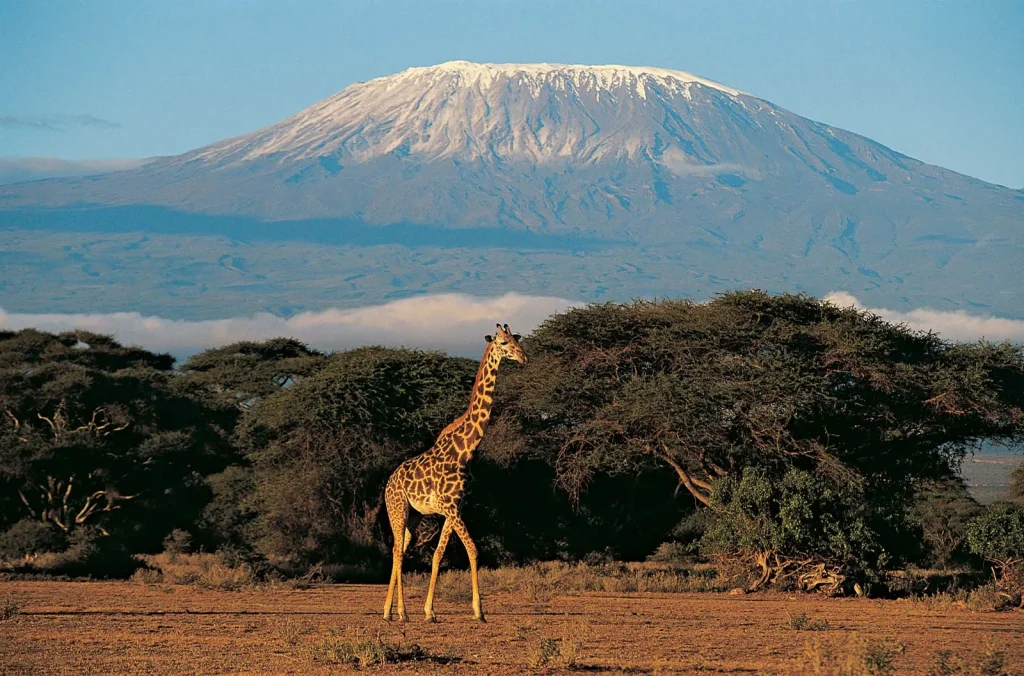
Rising majestically above the surrounding plains, Mount Kilimanjaro is one of Tanzania’s most famous tourist attractions and the highest peak in Africa. It is an inactive volcano which is at a height of 5,895 meters (19,341 feet) above sea level and attracts travelers and tourists to hike and climb to the top of the snow capped mountain.
Why Visit?
• Climbing the Roof of Africa: Mount Kilimanjaro is a popular destination for trekkers looking to climb the highest mountain in Africa. There are different tracks to the summit which fit different capabilities and the transition presents magnificent views of the land around.
•Breathtaking Scenery: The mountain is home to several different ecosystems, from lush rainforests to alpine deserts, providing climbers with ever-changing landscapes as they ascend.
•Wildlife and Flora: The lower slopes of Mount Kilimanjaro are rich in biodiversity, with species such as elephants, monkeys, and diverse plant life.
Best Time to Visit: The best months for climbing are from January to mid-March and June to October when the weather is generally clear and dry.
3. Ngorongoro Crater
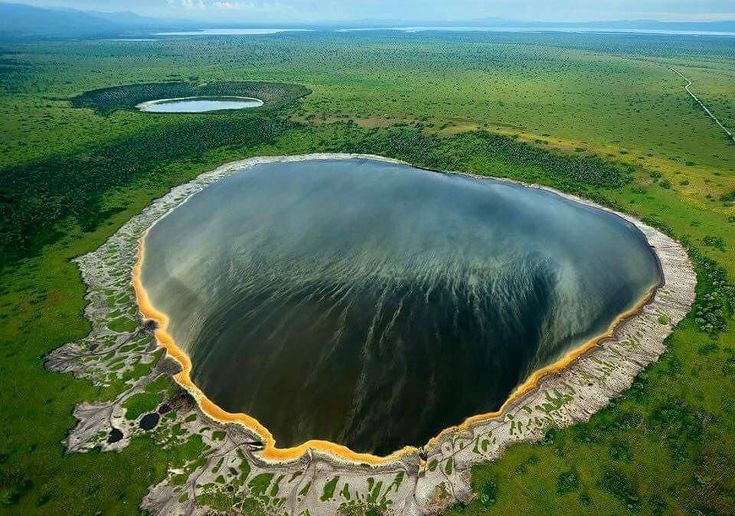
The Ngorongoro Crater is a UNESCO World Heritage Site and one of Tanzania’s most unique and captivating natural wonders. It is a volcanic caldera crater with varied wildlife including being one of the most densely populated big mammal wildlife in Africa. The floor of the crater is commonly known as Garden of Eden due to the green sceneries and the presence of wild life.
Why Visit?
Amazing Wildlife Watching: There is an abundance of wildlife in the crater with the animals included being lions, elephants, zebras and wildebeests. It is the best place to see animals closely as it offers a dense population of wildlife in Africa.
•Scenic Beauty: The Ngorongoro Crater offers spectacular views, with lush green grasslands, swamps, and soda lakes. It is a dreamland to a photographer.
Cultural Significance: The culture of the Maasai can also be explored at the Ngorongoro Conservation Area, a spectacle in itself to the culture of one of the most famous indigenous peoples in East Africa.
Best Time to Visit: The dry season (June to October) is ideal for game viewing, as animals congregate around water sources.
4. Zanzibar Archipelago
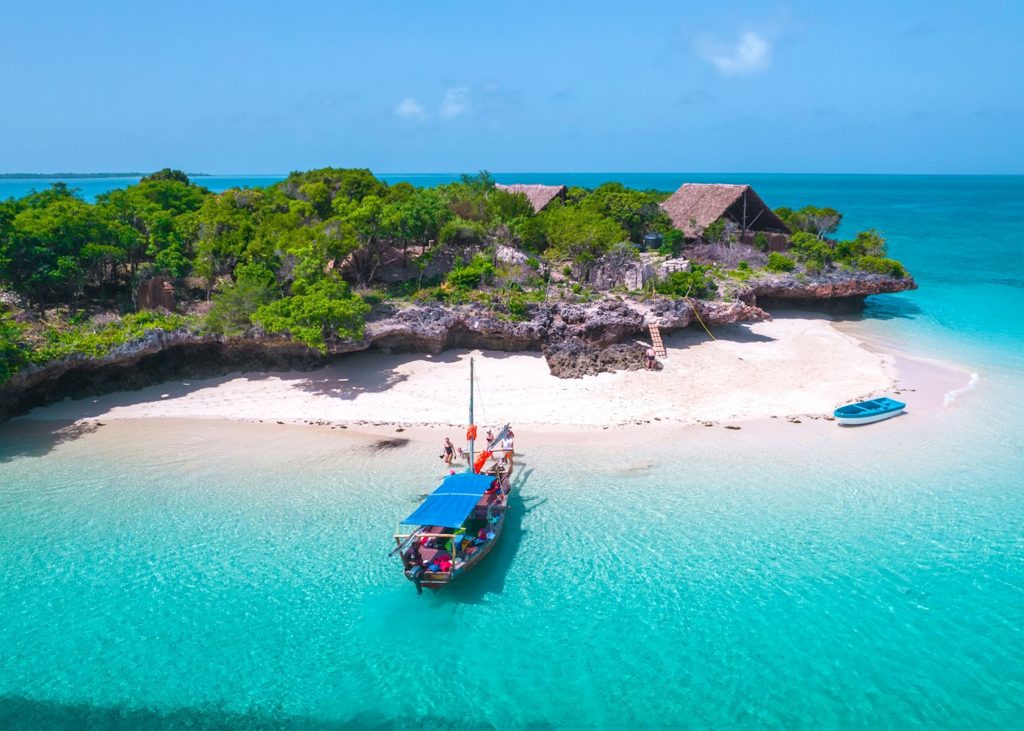
The Zanzibar Archipelago is a tropical paradise off the coast of Tanzania, famous for its beautiful beaches, historical sites, and vibrant culture. Zanzibar, specifically, is recognized as a place where these three cultures (African, Arab and European) are prevalent because of its architecture, cuisine and traditions.
Why Visit?
• Pristine Beaches: Zanzibar is renowned for its white sandy beaches, crystal-clear waters, and vibrant coral reefs. It is an ideal place to rest or have water activities or dive.
• Stone Town: The historic heart of Zanzibar, Stone Town, is a UNESCO World Heritage Site filled with narrow alleys, ancient buildings, and a fascinating history. The town has the famous House of Wonders, the Sultan as well as other cultural monuments.
• Spice Tours: Zanzibar is also known as the “Spice Island,” and visitors can take guided tours to visit spice plantations and learn about the island’s history of spice trade.
Best Time to Visit: The best time to visit Zanzibar is between June and October when the weather is dry and sunny.
5. Selous Game Reserve
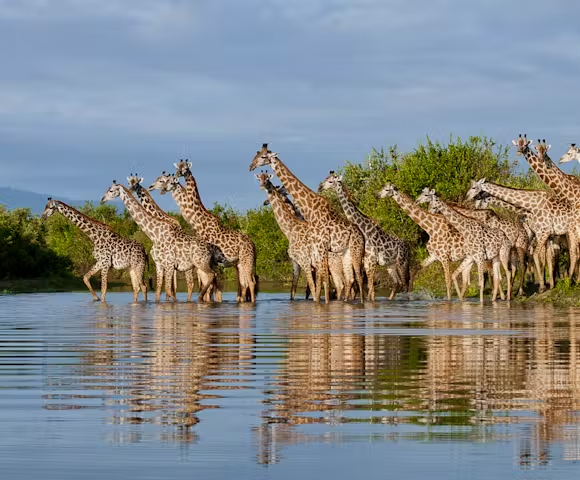
Selous Game Reserve, located in southern Tanzania, is one of the largest and most biodiverse wildlife reserves in Africa. The reserve is named after the British explorer Frederick Selous and is known for its remote location, making it one of the less-visited, but most rewarding, tourist attractions in Tanzania.
Why Visit?
• Uncrowded Safaris: Unlike the more popular Serengeti or Ngorongoro, Selous offers a more secluded and private safari experience, with fewer tourists. This reserve is huge and wild with nature and thus makes it ideal to different individuals seeking a more up-close wildlife experience.
• Diverse Wildlife: The reserve is home to elephants, lions, leopards, hippos, crocodiles, and an abundance of bird species. The Selous also has the Rufiji River running through it where one can go on a boat safari and see the wildlife in a different looking way.
Eco-tourism and Conservation: Selous is the eco tourism destination and, many of the lodges and camps, are dedicated to the conservation and eco-friendly tourism.
Best Time to Visit: The dry season from June to October is the best time for safaris, as animals congregate around waterholes.
6. Tarangire National Park
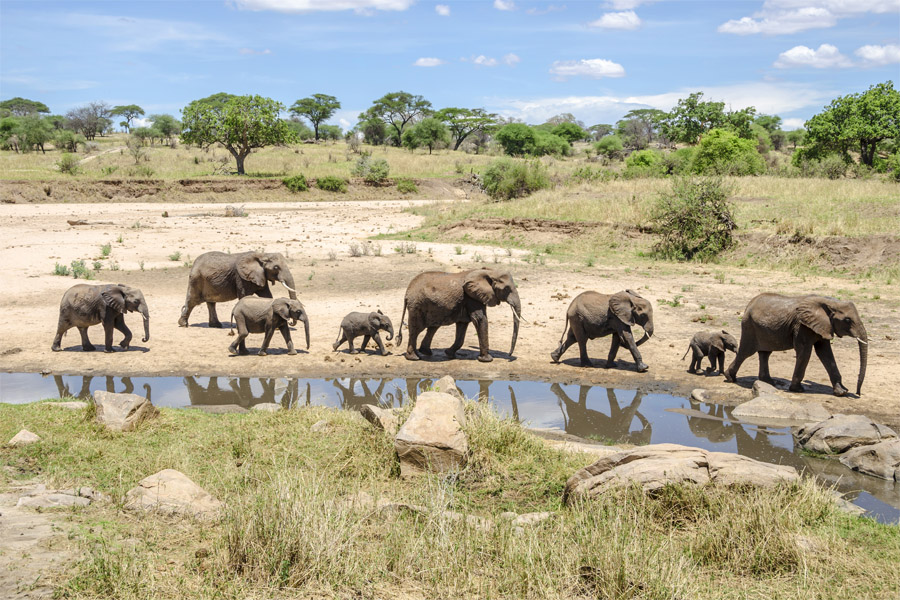
Tarangire National Park is known for its breathtaking landscapes, large elephant herds, and diverse wildlife. Located in northern Tanzania, Tarangire is one of the lesser-known national parks, but it offers exceptional game viewing and a more tranquil safari experience compared to more popular parks like Serengeti.
Why Visit?
• Large Elephant Herds: Tarangire is famous for its large herds of elephants, particularly during the dry season when the park’s water sources attract hundreds of elephants.
• Unique Landscape: The park features a unique combination of grasslands, swamps, and iconic baobab trees, creating a visually stunning environment.
• Diverse Wildlife: In addition to elephants, the park is home to lions, leopards, giraffes, zebras, and a wide variety of bird species, making it a haven for wildlife enthusiasts.
Best Time to Visit: The dry season (June to October) is the best time to visit Tarangire for game viewing.
7. Ruins of Kilwa Kisiwani
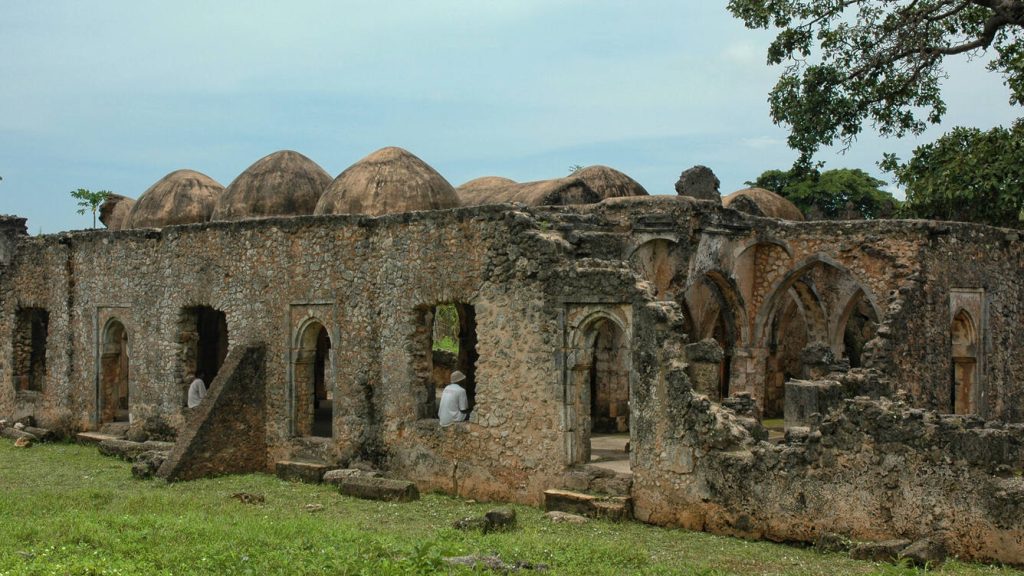
For history and culture enthusiasts, the Ruins of Kilwa Kisiwani are an essential stop on any Tanzanian itinerary. Kilwa Kisiwani was once one of the most powerful Swahili trading cities and a UNESCO World Heritage Site that reflects Tanzania’s rich cultural heritage.
Why Visit?
• Historical Significance: The ruins date back to the 9th century and are testament to the region’s importance in trade between Africa, Arabia, and India. There are ancient mosques, palaces, and fortifications, which can be explored by the visitors.
• Cultural Heritage: Kilwa Kisiwani offers insight into the Swahili Coast’s history and is an important site for those interested in Tanzania’s cultural legacy.
• Scenic Views: The island provides stunning views over the Indian Ocean and is a peaceful and relaxing destination for those wanting to escape the more touristy parts of Tanzania.
Best Time to Visit: Kilwa Kisiwani is best visited during the dry months from June to October.
8. Lake Tanganyika
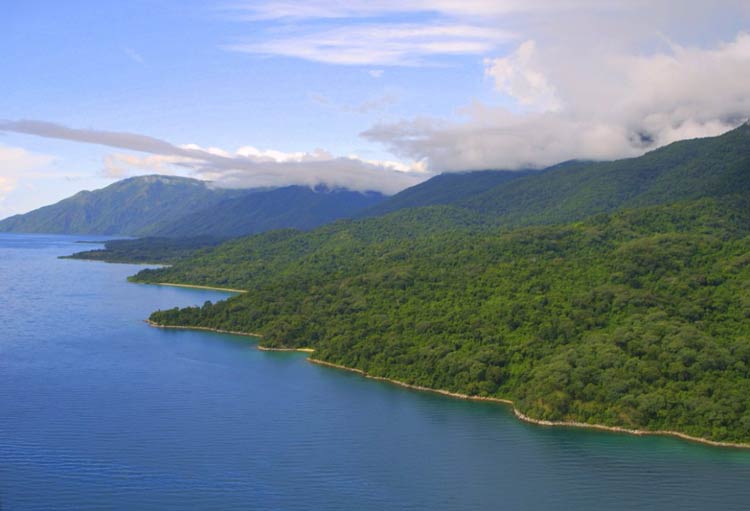
Lake Tanganyika is the second-largest freshwater lake in the world by volume and the deepest in Africa. It is located in western Tanzania and is a tranquil and lesser-explored destination that offers an authentic experience of Tanzania’s natural beauty.
Why Visit?
• Unique Flora and Fauna: Lake Tanganyika is home to many endemic species of fish, as well as a variety of birds and wildlife that inhabit the shores of the lake.
• Peaceful Getaway: The lake offers a peaceful environment perfect for water activities like kayaking, fishing, and swimming.
Cultural Experiences: Visitors may raise their experiences with the local communities around the lake, who have their traditional lifestyles and customs.
Best Time to Visit: The dry season, from June to September, is the best time to visit Lake Tanganyika.
9. Mafia Island
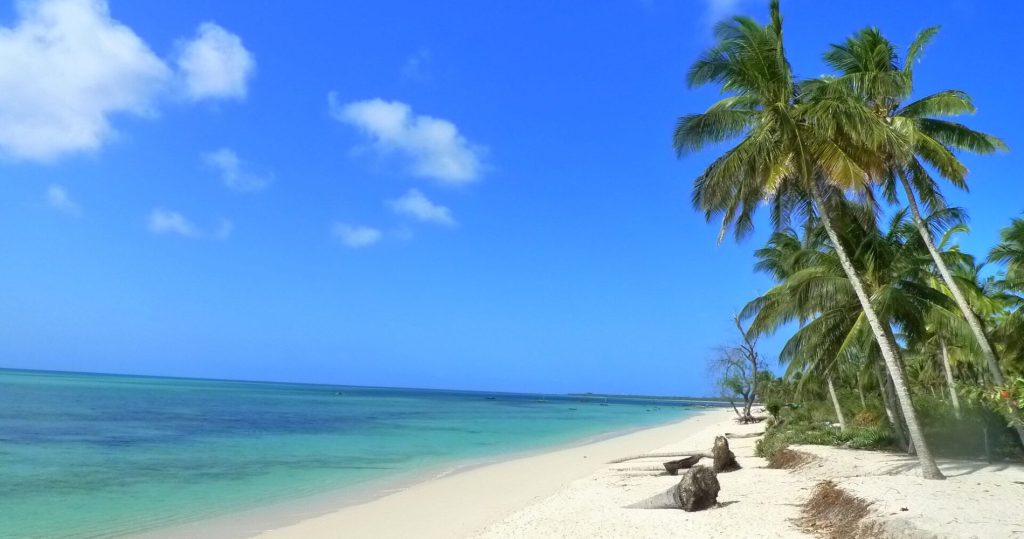
Mafia Island is an idyllic paradise located off the coast of Tanzania and is part of the Mafia Archipelago. It is a popular destination for eco-tourism and offers pristine beaches, coral reefs, and a quiet, relaxing atmosphere.
Why Visit?
•Diving and Snorkeling: The waters around Mafia Island are rich in marine life, including whale sharks, making it a top destination for diving and snorkeling.
• Secluded Atmosphere: Mafia Island offers a peaceful, laid-back vibe, perfect for those looking to escape the crowds.
Marine Conservation: The island has a marine park devoted to the conservation of the unique marine biodiversity of the area.
Best Time to Visit: Mafia Island is best visited during the dry season, from June to October.
10. Arusha National Park
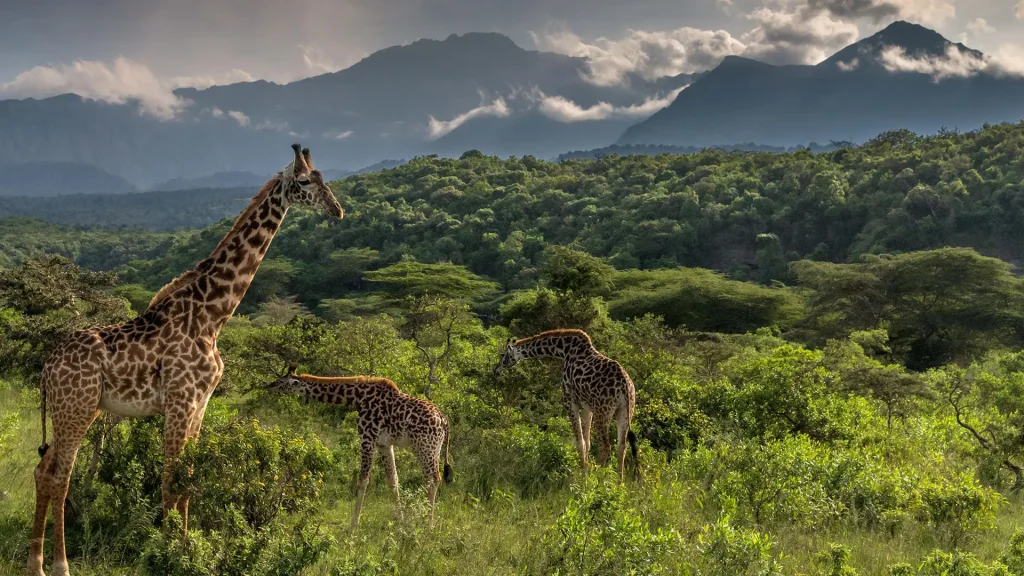
Located at the base of Mount Meru, Arusha National Park is a hidden gem in Tanzania. It consists of varied landscapes, such as forests, grasslands, and lakes, and allows you to visit in one relatively small area a diverse wildlife.
Why Visit?
Varying Terrain: The park is characterized by the existence of different landscapes, which include the green rainforest, the open savannahs and the highland lakes.
Wildlife: Here, visitors are able to spot giraffes, zebras, buffaloes, and monkeys among other primates such as colobus monkeys. Other animals living in the park include birds such as flamingos and others.
Mountain Views: You get to enjoy the mountainous backdrop of the mountains of Meru, the fifth highest mountain in Africa, which is a beautiful mountain to have in the backdrop of your safari.
Best Time to Visit: The best time to visit Arusha National Park is during the dry season, from June to October.
Conclusion
Tanzania offers a rich array of tourist attractions in Tanzania, from its world-famous national parks and game reserves to its pristine islands and cultural landmarks. Whether you’re seeking thrilling safaris, breathtaking landscapes, or a quiet retreat by the ocean, Tanzania provides an unforgettable experience for every type of traveler.

